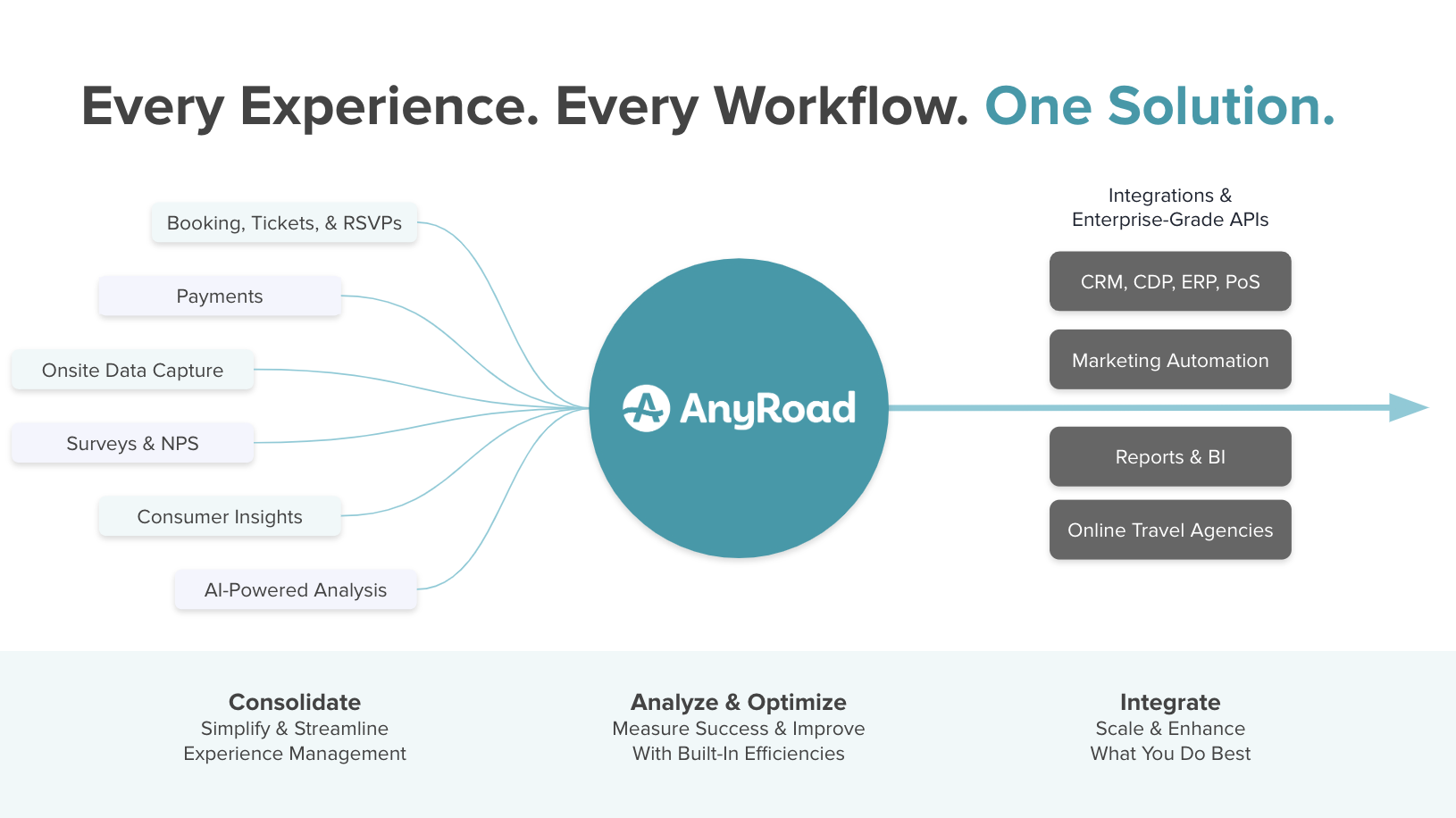What is Customer Experience
Customer experience is the overall impression a customer gets from a brand or company, spanning all touchpoints, including product or service quality, customer service interactions, and even marketing messaging. It encompasses all customer interactions with a company and shapes their perception of the brand.
Customer Experience Models
Emotional CX Model
An emotional CX model is a framework used to enhance the customer experience by capturing and addressing customer's feelings throughout their interactions with a company. It's not just about making customers happy; it's about understanding their emotions and providing empathetic solutions. This model entails examining the various stages of the customer journey to examine how customers feel at each phase.
Cognitive CX Model
When companies employ a Cognitive CX Model, they can analyze a vast array of data to gain insights into customers' thought processes and motivations. This model works by leveraging advanced technologies such as machine learning and natural language processing to extract information from various sources and make informed decisions about how to optimize the customer experience. By adopting this approach, businesses can not only solve immediate customer concerns but also anticipate future ones, develop new products and services, and build stronger relationships with their customers. Ultimately, a Cognitive CX Model allows companies to deliver personalized experiences that go beyond what customers expect, leading to increased loyalty and customer satisfaction.
Sensory CX Model
A Sensory CX Model is a framework designed to enhance the customer experience by integrating sensory elements into the overall design of a product or service. Unlike traditional CX models, which primarily focus on a customer’s rational needs and wants, the Sensory CX Model prioritizes sensory stimuli, such as sight, touch, and smell, to create a more memorable and satisfying experience. By leveraging our senses, businesses can create an emotional connection between the customer and their brand, which can lead to increased loyalty and sales.
Behavioral CX Model
A Behavioral CX Model is a tool that helps organizations understand their customers' behavior and make informed decisions about how to improve their customer experience. It's all about analyzing data to understand how customers interact with the company and identifying points of friction or frustration. By taking a data-driven approach, companies can gain a deeper understanding of their customers' needs and preferences, and use that information to tailor their customer experience. The key to a successful Behavioral CX Model is to use a variety of metrics to capture different aspects of the customer experience and to constantly refine the model as new data becomes available.
Brand Experience CX Model
A Brand Experience CX Model is a strategy that businesses use to create a positive customer experience with their brand. This model takes into account every interaction the customer has with the brand, from the first impression to post-purchase engagement. The aim of this model is to create a consistent and cohesive customer experience that differentiates the brand from competitors. By focusing on the customer's needs and emotions, businesses can evoke loyalty and advocacy among customers.
Customer Experience Frequently Asked Questions
What’s the difference between customer experience and customer service?
Customer service is more about addressing customers' needs or concerns while customer experience is about how a customer feels while interacting with a business.
Is customer experience part of marketing?
Customer experience is not only a part of marketing, it is one of the essential factors that drive the success of businesses today. Companies need to ensure a coherent and consistent experience for customers at every touchpoint, from the website to customer service and support.
What is customer experience?
Customer experience refers to the overall impression a customer gets from a brand or company, spanning all touchpoints including product or service quality, customer service interactions, and even marketing messaging.
How does customer experience drive business growth?
Customer experience drives loyalty, which in turn leads to repeat business and positive word-of-mouth referrals. Providing a seamless and personalized customer experience is a significant way to retain customers and keep them coming back for more.



%204.50.48%E2%80%AFp.m..png)
%2012.57.51%E2%80%AFa.m..png)